Five tips on carbon footprinting from a venture capital firm


- Author
- Ewa JozefkowiczContent Marketing Manager
- Category
- The Network
- Topics
- CarbonFinance
- Published
- 07 July 2023
When it comes to the transition to a green economy, venture capital firms have a key role to play. As early-stage investors, they hold significant influence, from shaping the behaviors of the next generation of companies, to disrupting and redefining entire industries.
Measuring financed emissions is key for VC firms, as they form the bulk of their overall carbon footprint. The data can be used to drive an impactful climate strategy, which should involve every investee, regardless of their industry or their stage of growth.
We spoke to Elodie Broad, Head of Impact and ESG at Balderton Capital, a London-based VC firm known for its investments in early and growth-stage technology European startups. Here are her top tips for other VC firms embarking on their carbon footprinting journey.
Recognize the need to measure financed emissions
As asset managers, venture capital firms have a responsibility to understand and manage their financed emissions to align their investments with a low-carbon future. The last decade has seen a rise in regulatory requirements (such as the SFDR and TCFD), pushing VC firms to adopt more sustainable investment practices. Embracing these regulations not only mitigates financial risks but also opens up opportunities for VC firms to support and nurture innovative green businesses that can drive the transition to a sustainable and resilient economy.
Elodie says: “Not only is accurate measurement and reporting essential to building our own strategy, but it’s also increasingly important from a regulatory perspective - particularly for our own investors, some of whom fall in scope of key climate regulation. This will only continue to grow as the regulatory landscape evolves.”
Engage your portfolio companies effectively
VC firms should maintain open communication with portfolio companies, encouraging them to calculate emissions at their own pace while providing support and guidance throughout the process. Timely reporting and collaboration can help build trust and foster stronger partnerships. Digital tools can play a vital role in this process.
Choosing the right carbon and ESG management software usually starts with an effective RFP. Take a look at our guide to writing yours.
Balderton uses Sweep to measure and manage its portfolio emissions. Elodie says: “It was clear to us that we needed to partner with a software solution to conduct the exercise: engaging the 115+ active companies in our portfolio, providing a seamless and educational experience to get their buy-in, and collecting and analyzing large amounts of climate data. Sweep for Finance would enable us to quickly get accurate carbon data on our investments, as well as looking at our financed emissions alongside our corporate emissions.”
Tailor the approach to early-stage companies
Early-stage companies often face unique challenges when conducting their first carbon footprint. VC firms can support these companies by offering educational resources, webinars, and guidance on data collection. By investing in the carbon measurement journey early on, startups can gain a competitive advantage and align themselves with evolving market demands. This is something that Balderton covers extensively in its Start-up Guide to ESG.
Elodie says: “We have learned so much from our first portfolio carbon footprinting campaign. We are definitely learning by doing. We also know that we have more work to do to encourage these companies to make the time for climate action, even if they don’t feel that they are directly concerned.”
Embrace flexibility in timing
Flexibility in timing is crucial when calculating emissions across the investment value chain, as companies will have different timeframes for calculating their emissions.
Elodie says: “While we encourage companies to align financial and extra-financial data collection processes, this is not always possible. This creates a dependency challenge across the investment value chain, whereby we are dependent on our companies having calculated their emissions for us to be able to report on ours.”
Celebrate milestones and share learnings
Celebrating milestones achieved during the carbon footprinting journey is essential for fostering a culture of continuous improvement. By sharing experiences and lessons learned, VC firms can contribute to industry-wide knowledge sharing. This collaborative approach can inspire others and drive positive change across the venture capital ecosystem. Additionally, celebrating achievements can motivate portfolio companies and stakeholders to further prioritize sustainability and enhance their environmental performance.
Elodie says: “While we do not yet have a complete picture of our financed emissions, we are and we are committed to continuing to “learn out loud” as we advance on our journey.”
In summary
As venture capital firms embrace their role in driving sustainability, carbon footprinting becomes a valuable practice for measuring and managing financed emissions. By recognizing the need for measurement, selecting appropriate software solutions, engaging portfolio companies effectively, tailoring the approach to early-stage firms, embracing flexibility, and celebrating milestones, VC firms can embark on their carbon measurement journey successfully.
Together, venture capital firms can contribute to a greener future and align investments with sustainable objectives.
Further resources from Sweep
You might also find the following resources useful:
- Harnessing the power of ESG
- What are financed emissions?
- How the Sweep's platform helps Balderton engage with portfolio companies
More stories
Track, report and act
Sweep helps you get your carbon on-track
Sign up to The Cleanup, our monthly climate newsletter

© Sweep 2023


